I inherited Catherine’s iPad, and find myself using it more and more: I watch TV, edit photos, browse the web, FaceTime my mother. And I write blog posts, like this one, via email.
I haven’t used an iOS device regularly for a long time, so I’ve become rusty on iPad text editing niceties; this helpful guide from Apple taught me a bunch of things I didn’t know, especially about the different ways to move the cursor (“insertion point” in Applespeak).
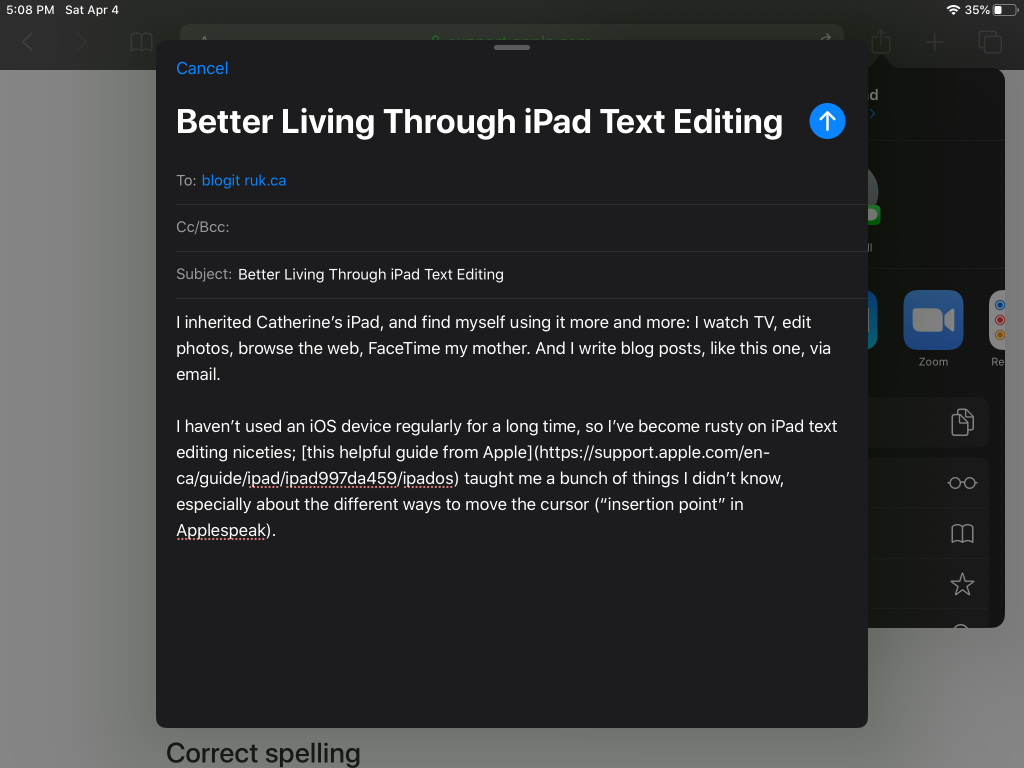
It’s time we all upped our video chat aesthetics game; designer and filmmaker Tom Ford has some simple advice:
Put the computer up on a stack of books so the camera is slightly higher than your head. Say, about the top of your head. And then point it down into your eyes. Then take a tall lamp and set it next to the computer on the side of your face you feel is best. The lamp should be in line with and slightly behind the computer so the light falls nicely on your face. Then put a piece of white paper or a white tablecloth on the table you are sitting at but make sure it can’t be seen in the frame. It will give you a bit of fill and bounce. And lots of powder, et voilà!

Longtime readers may recall my 2013 remix of a Vinyl Café episode, wherein I took advantage of the pause-filled speaking style of the late Stuart McLean to take apart and reassemble the audio into something completely new. The result sounds like it should make sense, but it most certainly doesn’t.
I get the same sense watching the “deleted scenes” videos from The Office, like this one. Unlike the Vinyl Café, these are the bits that ended up on the cutting room floor, the bits we never got to see. Stitched together they end up as “episodes” that seem like they should make sense, but don’t. As if The Office writers were incapable of writing plot.
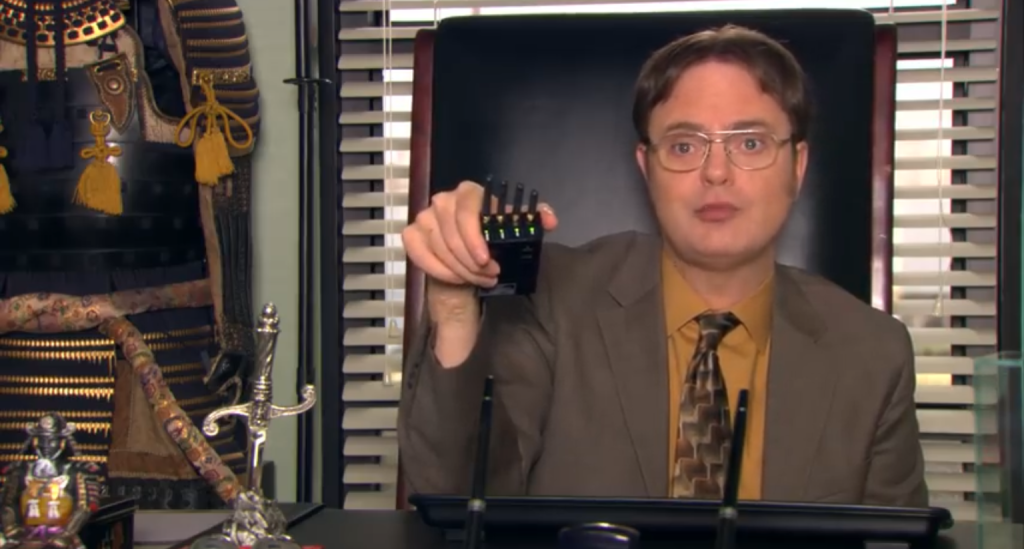
Catherine was very much of the “we might need this someday” school, where “this” could be gift bags, kebab skewers, random nuts and bolts, or bits of ribbon. As a result, our house has not only one, but several junk drawers, junk shelves, junk buckets, junk nooks, junk boxes. Oliver and I have been using this fallow time to deal with these, using this guidance from The Guardian as our guide:
This is the time to be ruthless. Empty it out, says MacKenzie. Give the inside of the drawer a vacuum and a wipe with a damp cloth. Then “only put back the things you use. If you think: ‘I might need that one day,’ no, you won’t because you haven’t used it in the last year. I used to have a dish full of keys and I never knew what they were for. One day I just threw them away. Did I come to any grief? No.” Rehome items to the places they belong.
I ventured off-world today to grocery shop for the first time in ten days, proud of my ability to feed myself and Oliver, with little food waste and optimal leftover usage, for as long as I did.
Since I was last at Sobeys, systems were updated: a makeshift border wall has now been constructed out of overturned shopping carts, and we shoppers were guided to line up, 2 metres apart, each of us waiting for one person to leave the store before one person was allowed in. At the entrance we were presented with pre-sanitized shopping carts, and a new iteration of keep-your-distance signage was evident.
Inside the store there were new directional arrows taped to the floor that were only partially adhered to, but everyone kept their distance, and waited patiently for people to move along. Cordiality was in abundance.
I did lose my head a little, what with the “I may never shop again” feeling coursing through the air. Peri peri sauce ended up in my cart why, exactly? Just in case I need to whip up some Portuguese chicken? But otherwise I stocked up on the things we truly need, and I figure we’re good until at least mid-April as long as Purity can keep me in milk and Receiver can keep me in coffee and bread.
I left the reusable bags at home on purpose, opting for paper bags instead (which appear to be free now). Sobeys is on an everyone-bags-for-themselves plan now, and I will be downloading Tetris later today so that I am better at this next time.
I was in and out in about 20 minutes, back on the home planet in 30.
Oliver has declared today Friday Fun Day, so now that the groceries are all packed away, let the hilarity ensue!
In my pants pocket this morning I found a Greek 100 drachma bill.
I have never been to Greece.
Greece has not used the drachma since 2002.
I suspect sleepwalking involving time travel.
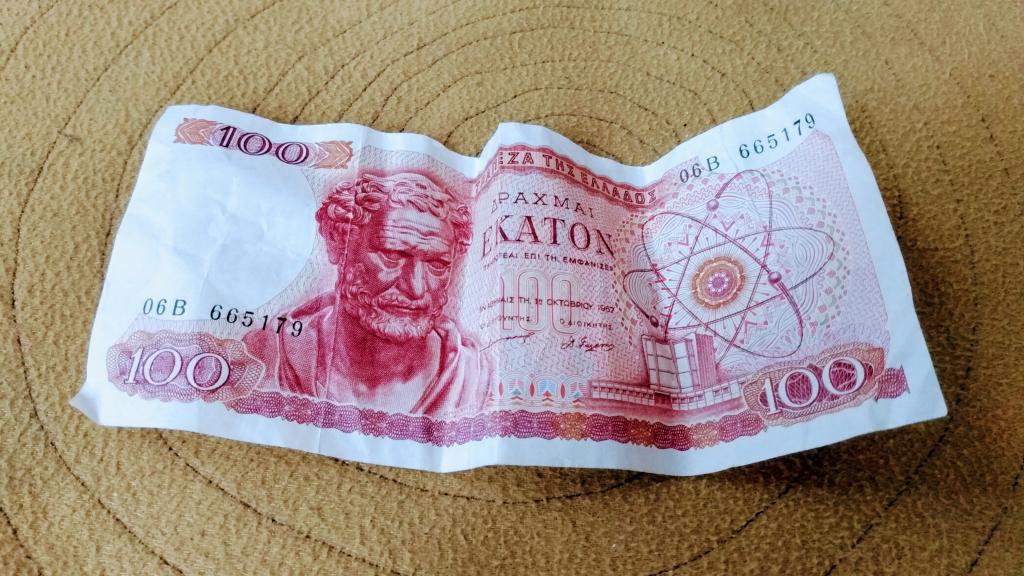
If you Google your local grocery store–Sobeys, in my case–one of the things that Google Maps will show you is when the store is typically busy on any given day, and how busy it is right now. Useful information to have when you’re trying to minimize contact with other shoppers.
Here are snapshots of four Prince Edward Island Sobeys for a Friday; don’t use these as an actual guide, because they’re evolving and will be inaccurate in the future:
Montague
|
University Avenue
|
Stratford
|
West Royalty
|
Because this is Google, and thus closed and proprietary, there’s no way of knowing the sample size–the number of mobile devices that Google is detecting at each location to develop its approximation of busyness–and the charts are only useful in a relative not an absolute sense. Also, the data was gathered during a time when Sobeys was open longer hours; hours are now 8:00 a.m. to 8:00 p.m., and that means that visits are distributed differently now, even more so with so many people not working and so able to shop at unusual times.
Two ways that I’m using surveillance to manage the changed reality.
First, I’ve been having Google surveil me for many years via Google Location History, wherein I give the Google Maps app on my phone permission to drop digital breadcrumbs to Google as I move about the world.
For most of the last three weeks my timeline looks like this:
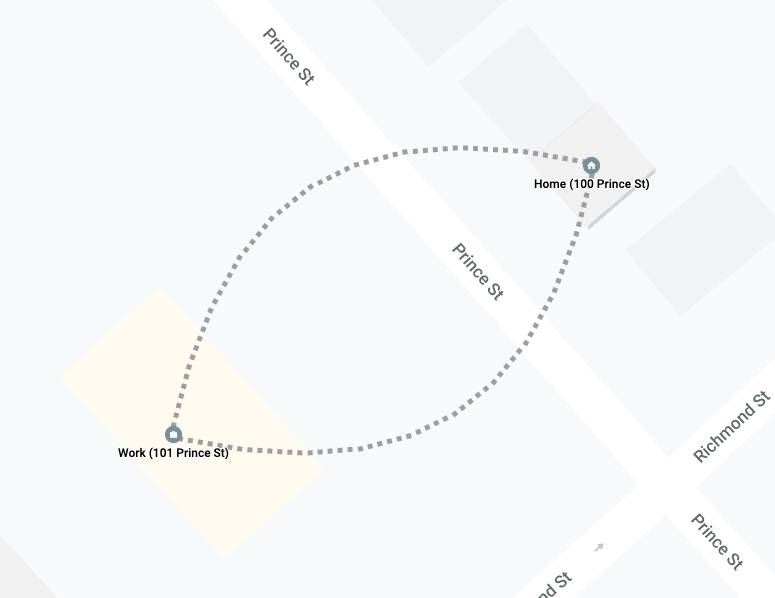
Through the timeline I can keep track of when I last went grocery shopping (Tuesday, March 24 at 10:46 – 10 days ago!), when the last time I went for a drive was (March 22), when the last time Oliver went to Stars for Life (March 16), and when the last time I went out for coffee, casually and without a care in the world (March 8).
Mostly this surveillance is of casual interest, but it also means that if, say, it was announced that someone carrying the coronavirus was somewhere I might have been, I have a way of confirming or denying that. Never has where and when I’ve visited been of more potential health value than now.
Second, I’ve turned on the motion detecting features of our Ring video doorbell.
When I installed the Ring last August, it was primarily to allow me to miss fewer courier deliveries (at the time we were getting regular deliveries of cancer meds that required a signature); it seemed like an innocuous enough piece of of technology, with the greatest civil liberties assault being to those that rang the doorbell.
Since that time Ring has evolved into becoming part of a burgeoning police state, and my discomfort with the technology has grown; But, for the time-being, police state actor or not, the Ring has proved helpful. Here’s what it looks like to set up “motion zones” in the mobile app:
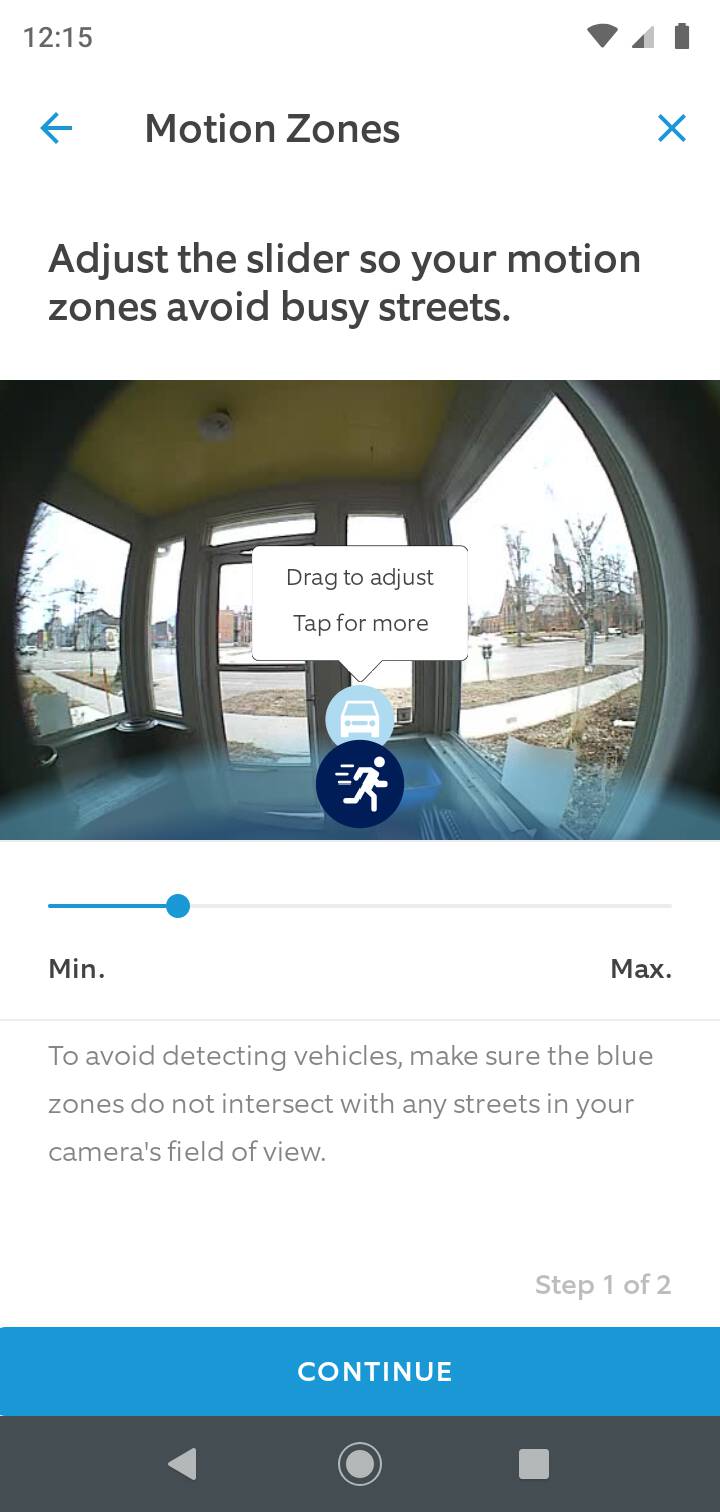
The idea is that I want to be alerted when something moves in our front vestibule, but not when someone walks by on the sidewalk. This turns out to work frightfully well, with no false-positives at all over the last two weeks.
The end result is that whenever someone enters our vestibule, I get an alert on my phone and on my computer, and I can watch an instant replay of what happened.
Here’s me leaving the house at 10:48 a.m. this morning, jaywalking across Prince Street, and walking into the St. Paul’s Parish Hall:
Being able to know what’s going on in my vestibule has proved useful mostly because I know when things get dropped off or picked up, our vestibule serving as a kind of DMZ or airlock during these infective times. So today when the Receiver Coffee delivery of bread and meals gets dropped off, I’ll get a ping on my phone and I’ll know to run over to put things in the freezer.
Both of these “personal” surveillances have dark sides (“WTF, the Internet has video of me dropping off your bread?!”, a kindly Receiver staffer might justly ask; to say nothing of the “according to anonymous cell phone data” that seems to be part of every second story in the New York Times this week), and the darkness extends, at least in part, because the data that’s being vacuumed up sits both under my control and well beyond it.
So I’m actively developing alternatives: I’ve got the parts here in my office to build an alternative doorbell that doesn’t stream video into the repository of the surveillance industrial complex, and I’m experimenting with using PhoneTrack on my phone and my Nextcloud instance to drop my geolocation breadcrumbs to myself, not to Google. I’ll report back as these projects progress.
Eli Lynn teaches us about slapping and sightlines as part of Theatre Horizon’s Horizon at Home service.
Teachers suddenly and involuntarily dropped into the abyss of “e-learning,” consider this a benchmark of clarity and theatricality: if you can’t explain at this level, you need to get better. Fortunately, there are a lot of out of work theatre and film people you can draft to help you.

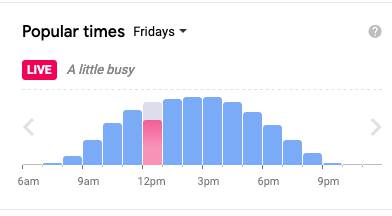
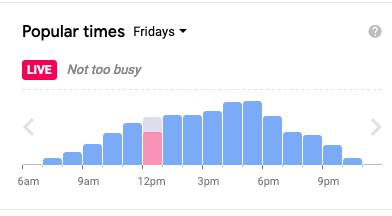
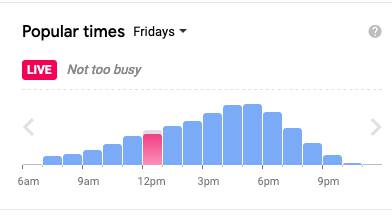
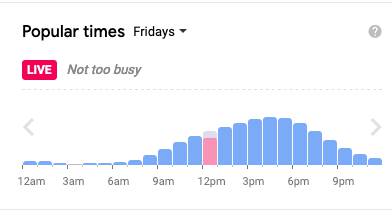
 I am
I am